Buying a painting , whether for your home, your office or your business premises, is an opportunity to choose an element for that space that reflects your style and personality. There are many options available, but it is common that we find either a product of low artistic quality, unsophisticated printing materials and industrial, basic and low-value framing options, or on the other hand, very exclusive and expensive options.
That's why at Nomadart, in addition to offering you a catalog of framed or unframed prints and framed or unframed canvases that will help you decorate your home with exceptional quality and an affordable price, we want to give you some advice that will make the process of making it easier for you. decision, so that you choose and get it right.
1. Emotional Connection
Before diving into the aesthetics and technique, ask yourself: What emotions do I want this painting to evoke in me and my space? Emotional connection is essential when choosing a work of art. Look for something that speaks to you on a personal level, that inspires you or gives you a unique feeling.
2. Style and Aesthetics: Define the style you want for your space. Minimalist , contemporary, classic or eclectic? The choice of painting should complement the existing decoration and reflect your personal taste. Also consider the color and theme to ensure it blends harmoniously with the environment.
3. Size and Proportions: Size matters. Before purchasing, measure the space where you plan to place the painting. Make sure the size is appropriate and proportional to the environment. A painting that is too small can get lost on a large wall, while one that is too large can overwhelm a smaller space.
4. Technique and Material: Familiarize yourself with the different artistic techniques and materials used in the creation of paintings. From oil on canvas to watercolors, each medium has its own unique aesthetic. Also consider durability and maintenance, especially if you plan to place the work in a location exposed to direct sunlight or changes in weather.
5. Contextualization of the Artist: Research theartist behind the work . Knowing the context, career, and inspiration of the creator can provide deeper insight into the work and add value to your experience as an owner.
6. Budget: Set a realistic budget. Art is available in a wide range of prices, and it is important to find something that fits your financial means. Remember that investing in art is not only financial, but also emotional.
When choosing a painting, it is not just about aesthetics, but about creating a meaningful link between the work and your daily life. Take the time to explore and discover the perfect piece that will not only adorn your home, but also enrich your aesthetic and emotional experience.


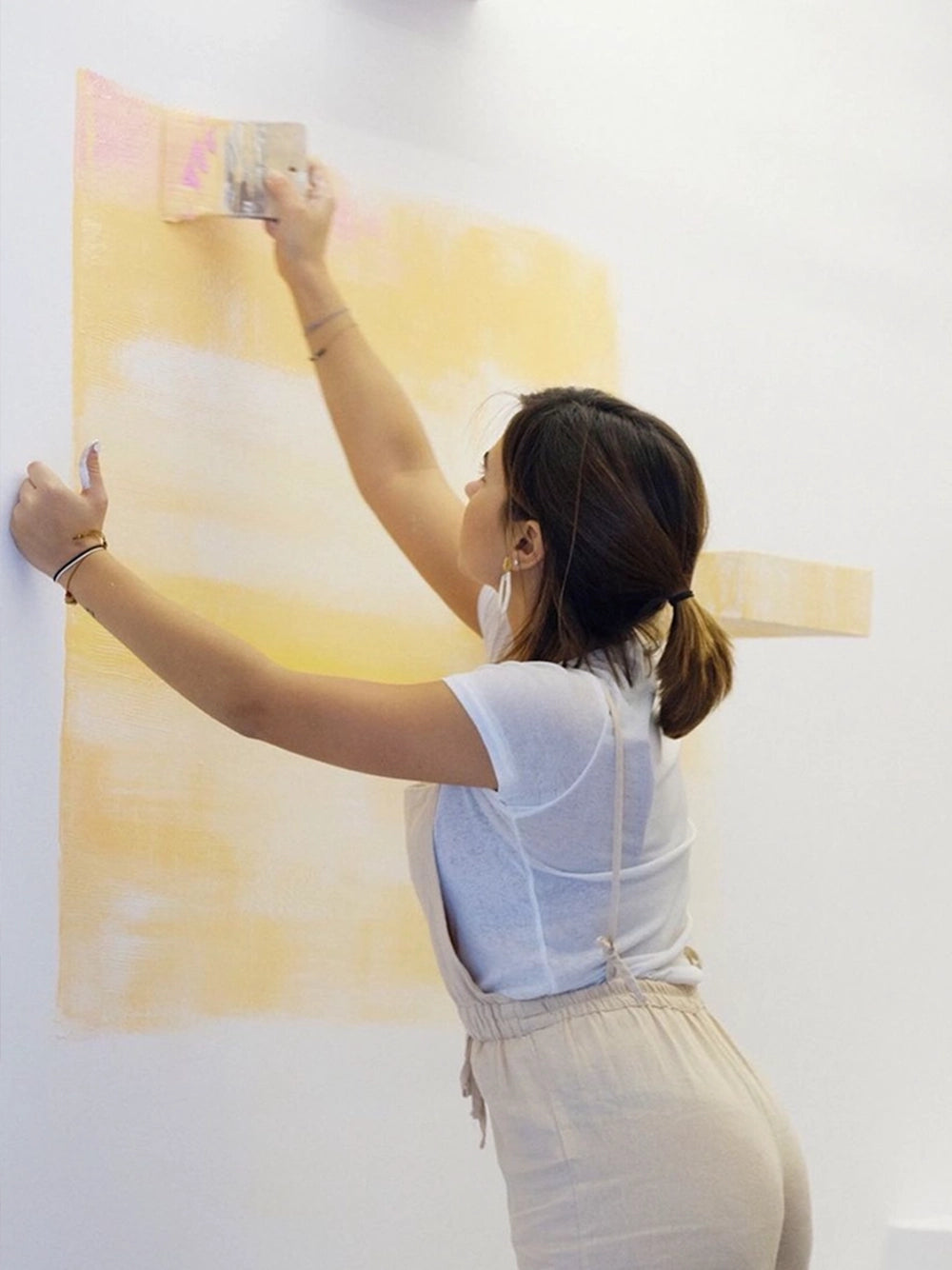
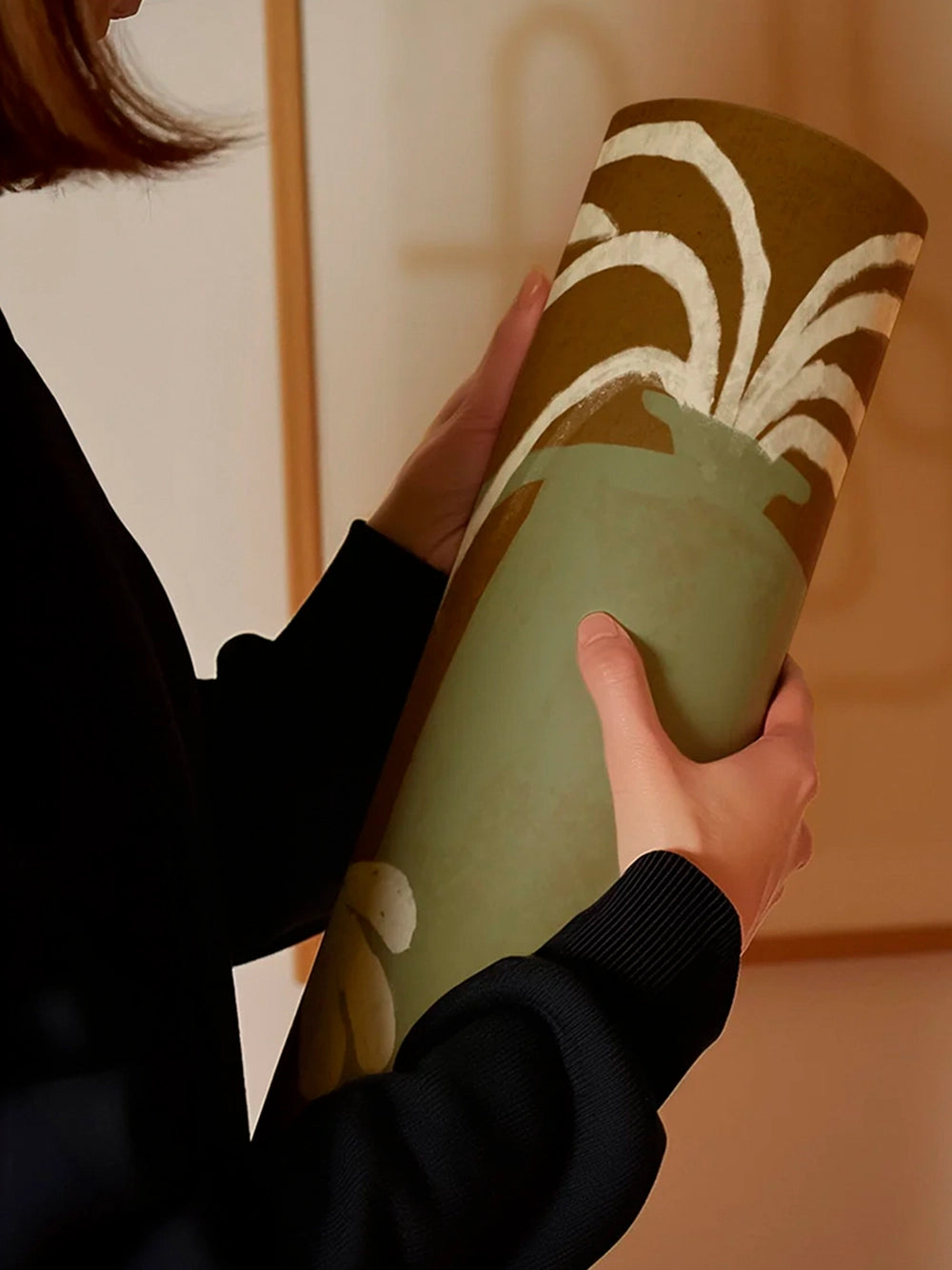
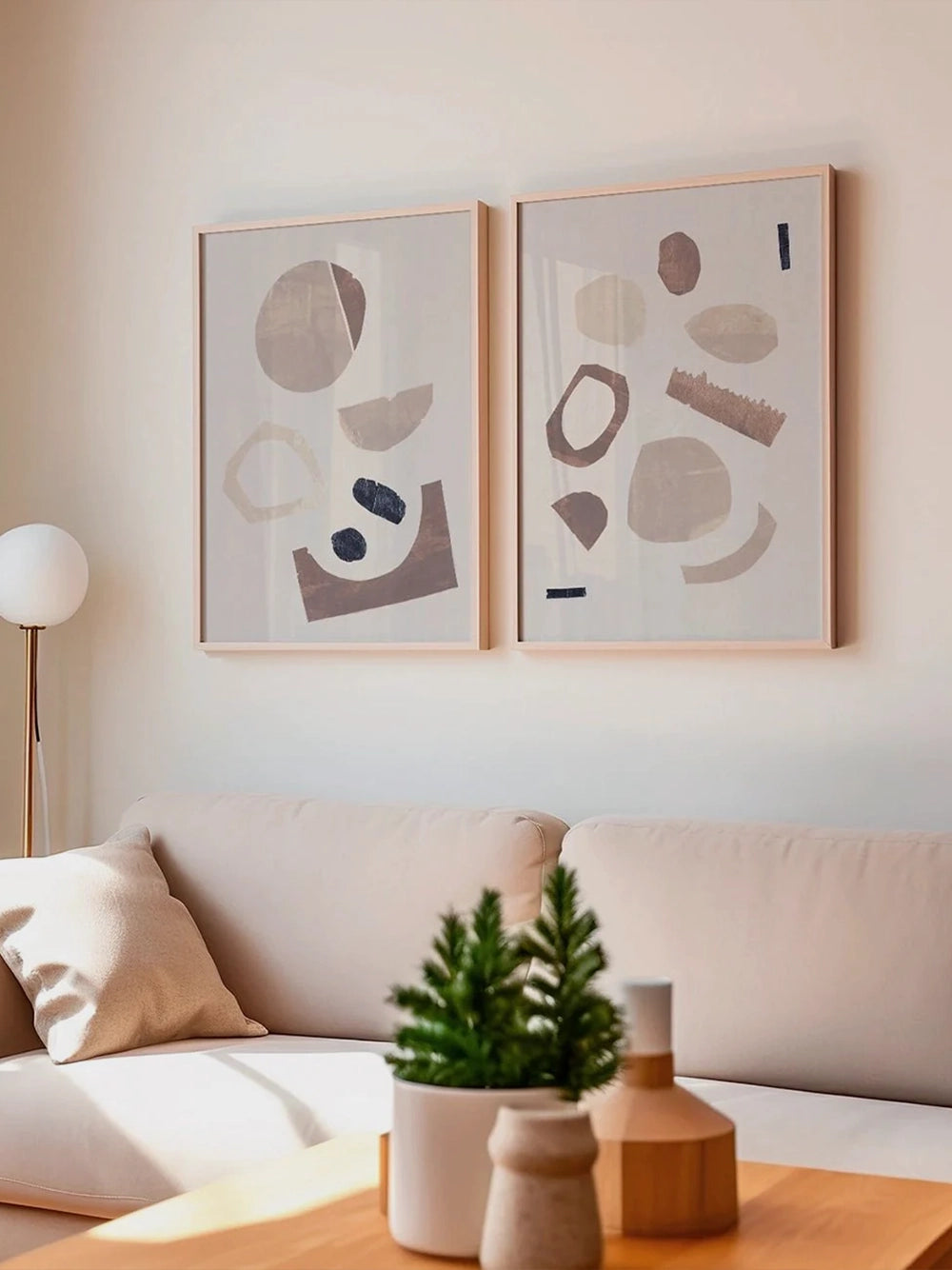
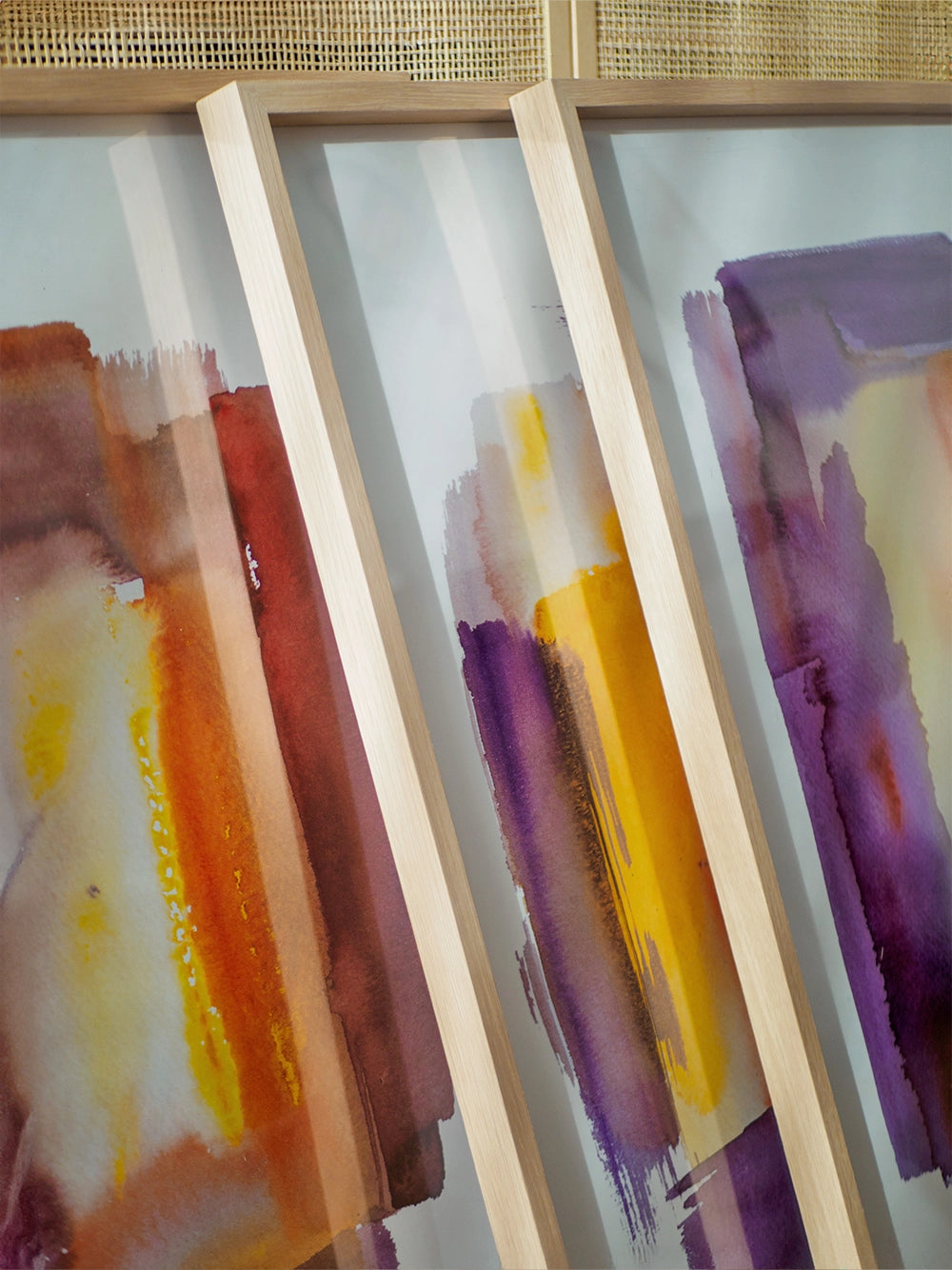
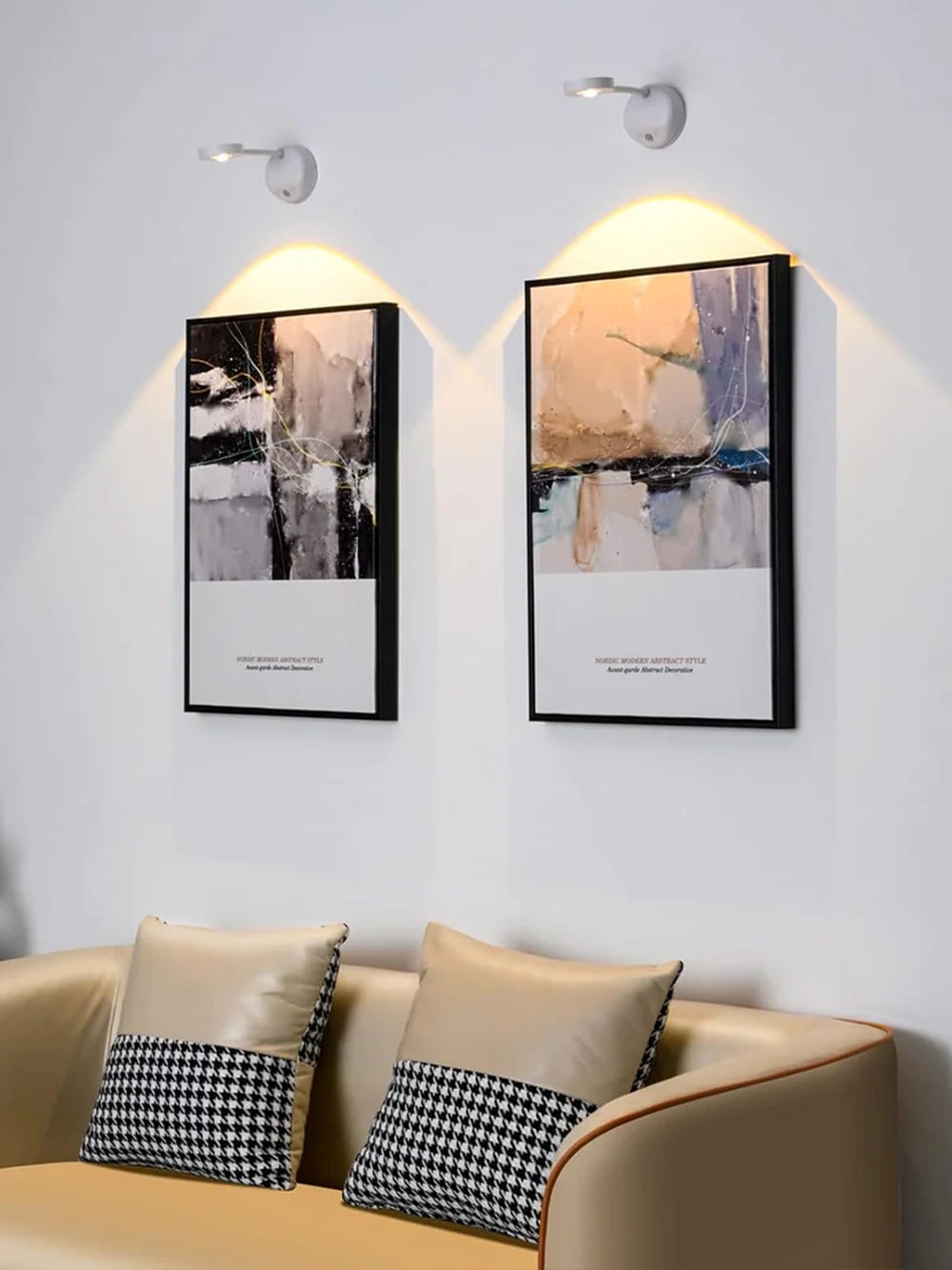

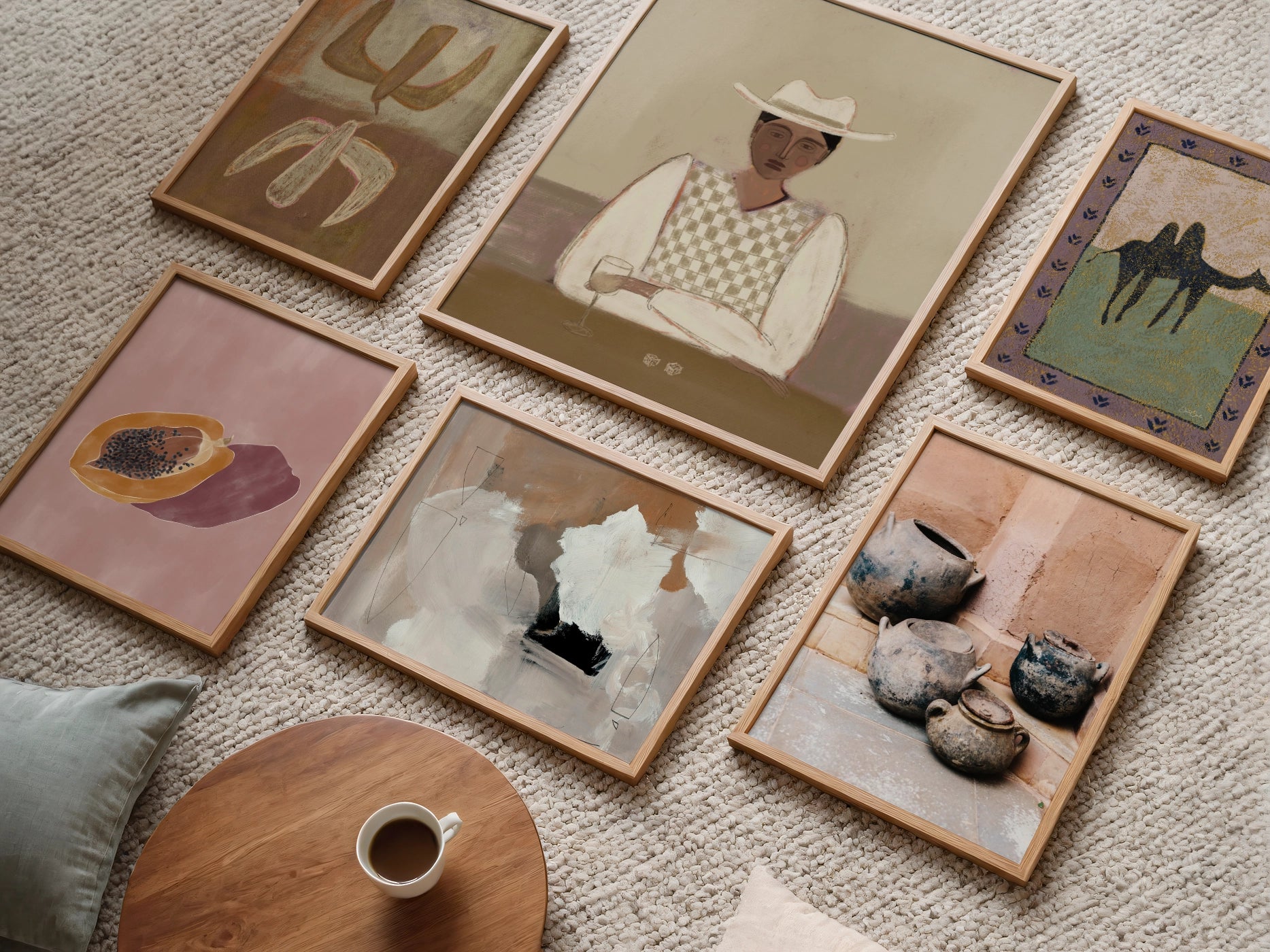

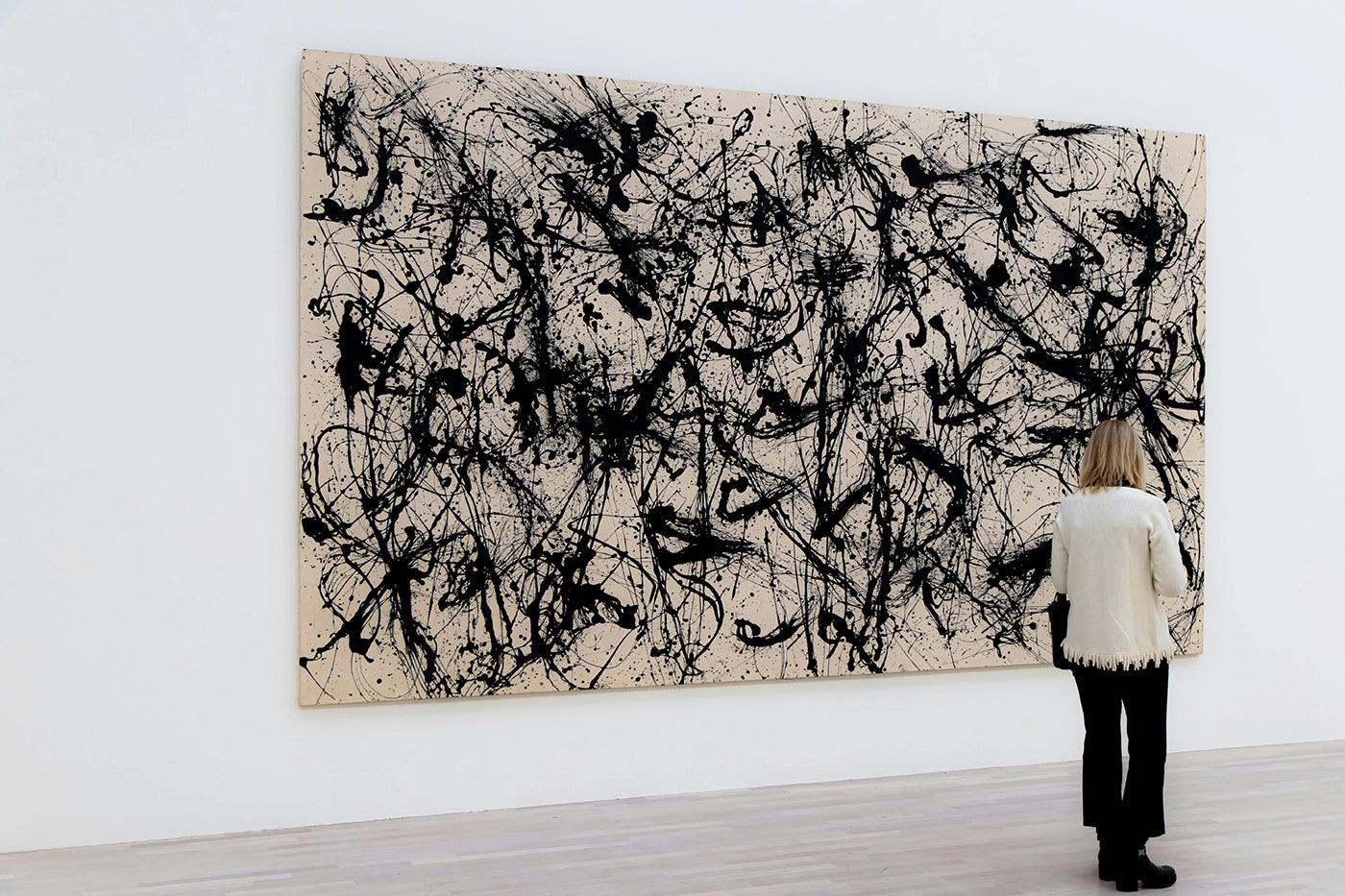
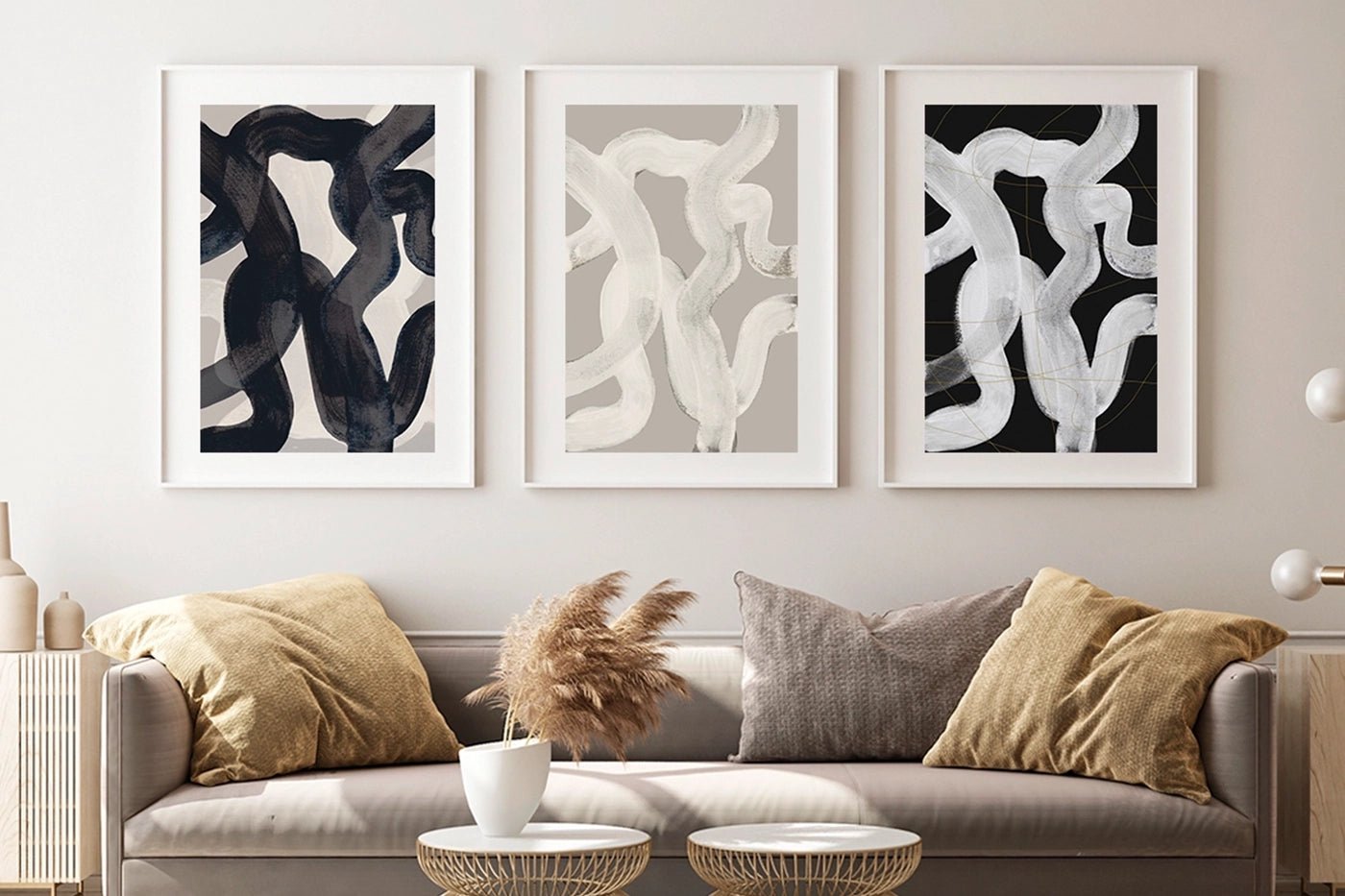


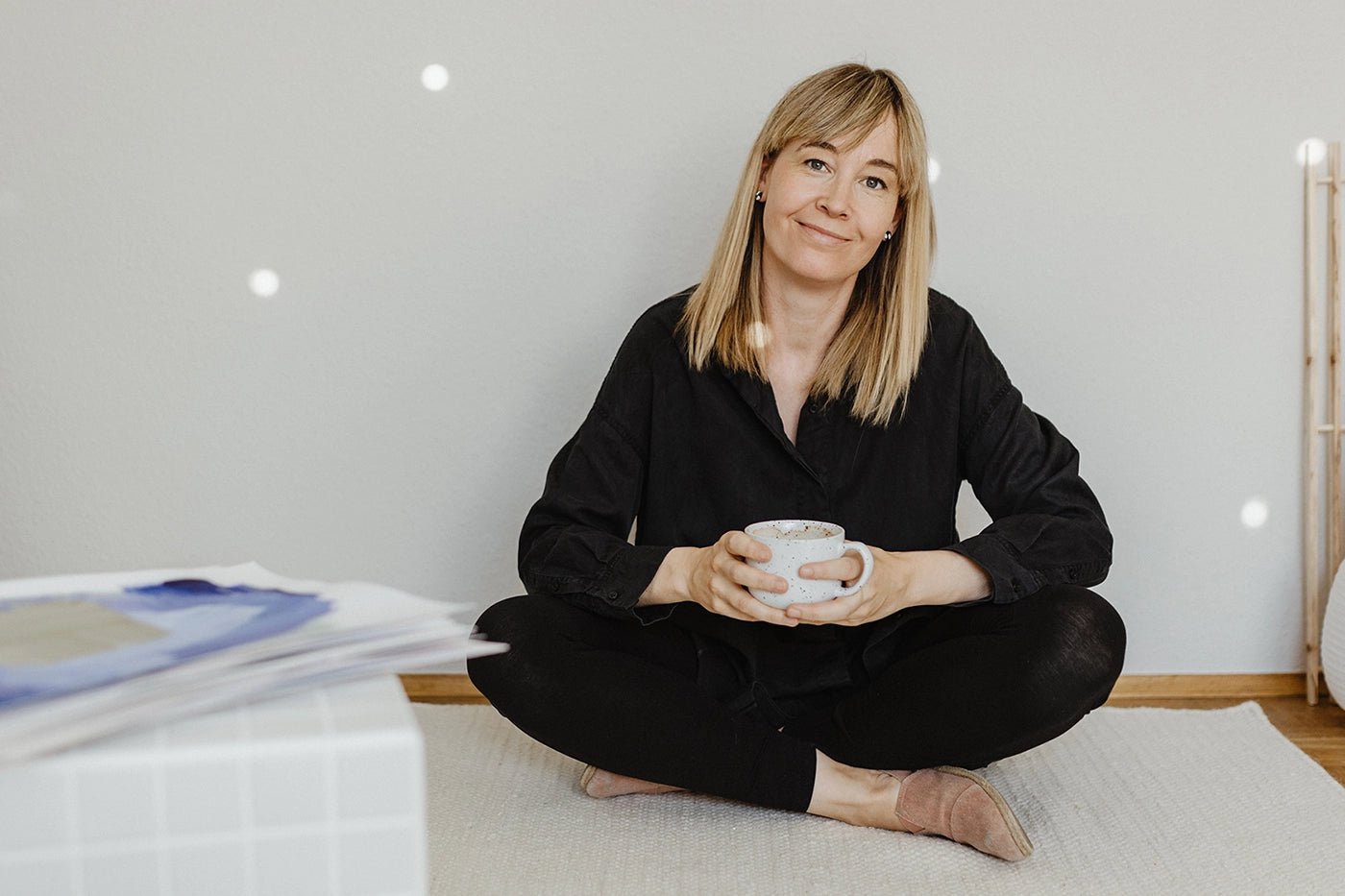


Leave a comment
All comments are moderated before being published.
This site is protected by hCaptcha and the hCaptcha Privacy Policy and Terms of Service apply.